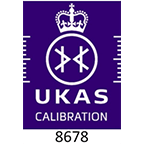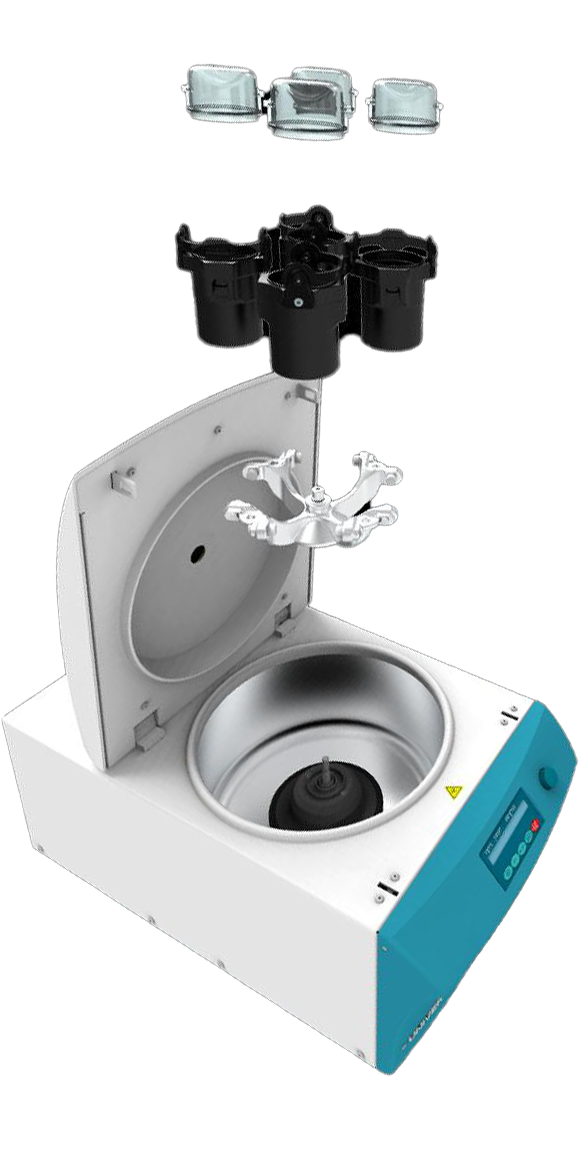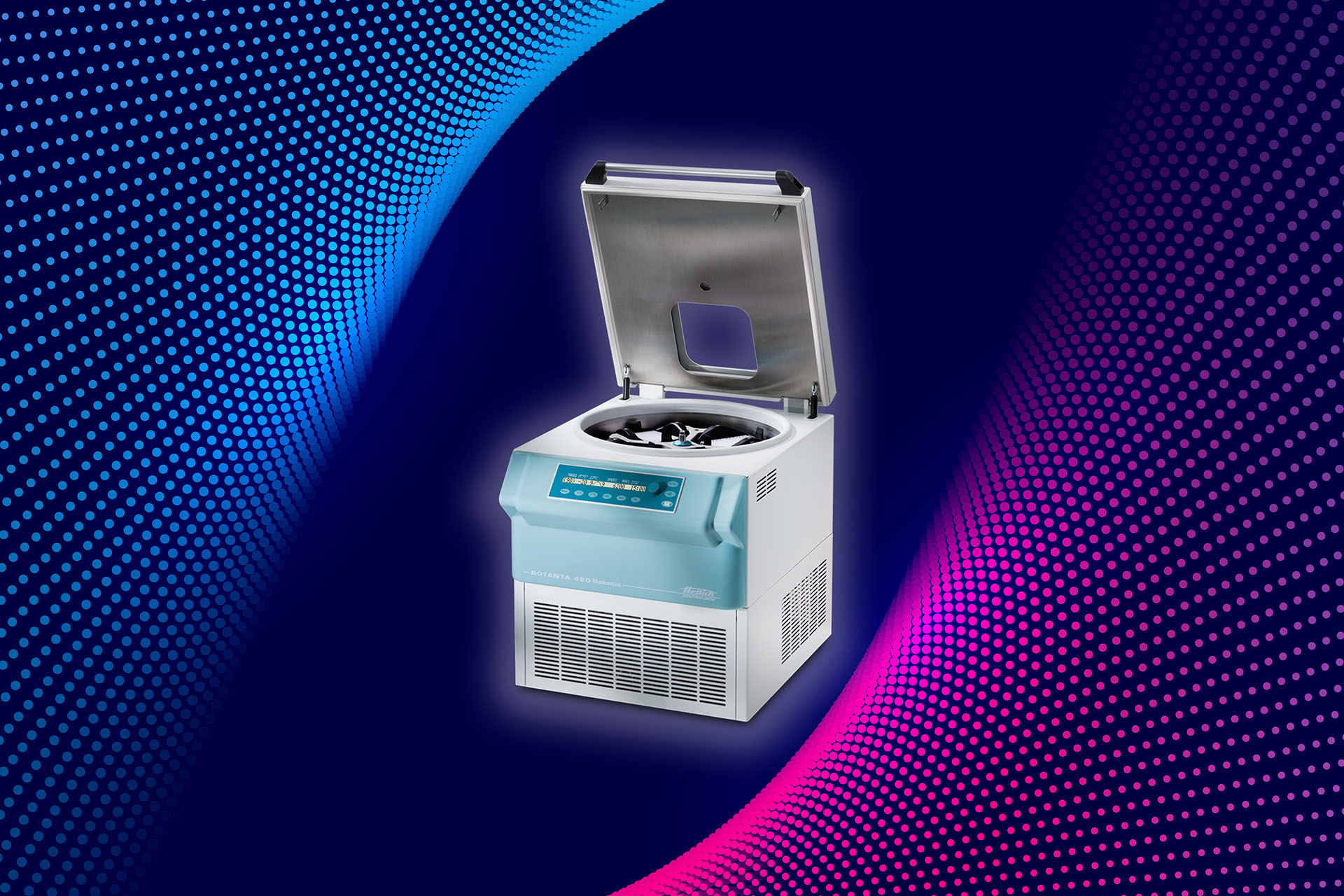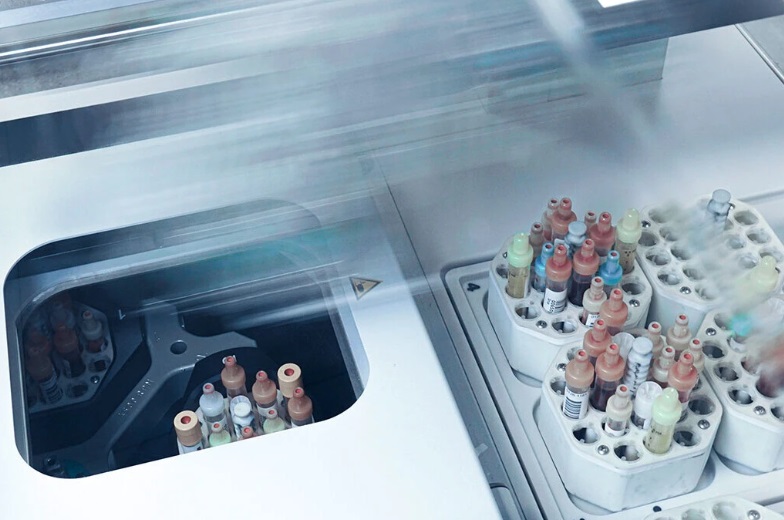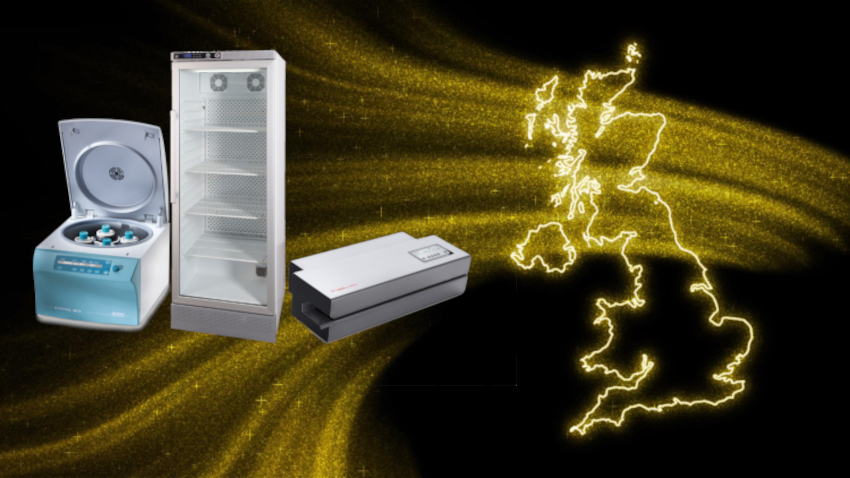What is laboratory equipment IQ, OQ, PQ?
Laboratory equipment IQ, OQ, PQ refers to stages of instrument qualification in a regulated industry, often within fields like pharmaceuticals, biotechnology, and manufacturing. These qualification stages ensure that equipment, systems and processes are properly installed, operationally effective and produce consistent results:
- IQ (Installation Qualification): This is the first step in the qualification process, where the equipment or system is checked to ensure it has been installed correctly according to the manufacturer’s specifications and documented requirements. IQ verifies that all necessary components are present and installed as intended.
- OQ (Operational Qualification): After installation, OQ verifies that the equipment or system operates as expected within the defined operating ranges. This includes testing functions, alarms, and performance parameters to confirm that it performs according to the set requirements under various conditions.
- PQ (Performance Qualification): The final step, PQ, tests the equipment or system under actual working conditions to confirm that it performs consistently over time. This stage simulates real-world usage and verifies that the process produces reliable and reproducible results.
These qualifications are part of the validation process and help ensure that equipment and systems meet regulatory and operational standards.
Why is an IQ, OQ, PQ required for laboratory equipment?
IQ, OQ, PQ is essential in regulated industries, particularly pharmaceuticals, biotechnology, and medical device manufacturing, to ensure that equipment, systems and processes operate correctly and reliably. The primary reasons for IQ, OQ, PQ are:
Regulatory Compliance
Regulatory bodies like the FDA (U.S. Food and Drug Administration) and EMA (European Medicines Agency) mandate IQ, OQ, PQ to ensure that laboratory equipment and processes meet strict quality and safety standards. Without documented qualification, companies cannot demonstrate that their laboratory equipment and systems are capable of producing safe, high-quality products.
These qualification steps are often necessary for product approval and to pass regulatory inspections. They form a crucial part of Good Manufacturing Practices (GMP) and other quality standards.
Product Quality Assurance
IQ, OQ, PQ ensure that equipment performs as intended, minimising risks of malfunctions, variability, and quality issues. This is especially critical when the equipment impacts product quality, purity or efficacy.
By confirming that equipment functions properly at every stage (from installation to routine performance), companies reduce the chance of producing defective or unsafe products, which could lead to costly recalls or harm to end-users.
Risk Mitigation
Conducting laboratory equipment IQ, OQ, PQ helps identify and address potential issues early in the instrument’s lifecycle, reducing the risk of costly breakdowns, product contamination and production delays.
This rigorous testing process ensures that the equipment can operate consistently, which is essential when dealing with sensitive processes that can be impacted by even minor deviations in performance (e.g., temperature, speed, pressure).
Operational Efficiency
Properly qualified laboratory equipment is more likely to operate without unexpected downtime or performance variability. IQ, OQ, PQ helps to ensure laboratory equipment reliability, reducing interruptions and ensuring that production remains efficient and within specifications.
Qualification documentation also provides a baseline for future maintenance, troubleshooting and requalification, which can enhance overall operational stability.
Consistency and Reproducibility
In fields where consistency and reproducibility are critical, such as pharmaceutical manufacturing, IQ, OQ, PQ helps to confirm that processes produce the same results over time, regardless of the operator or environmental factors.
PQ, in particular, verifies that equipment performs consistently under real-world conditions, making it essential for ensuring that products meet their specifications batch after batch.
In summary, laboratory equipment IQ, OQ, PQ is needed to ensure compliance, guarantee product quality, mitigate risks, and maintain efficiency and consistency in operations. These qualifications provide a structured approach to verify and document that equipment meets regulatory standards and operates reliably within its intended scope of use.
How is IQ, OQ, PQ different from a routine preventative maintenance?
IQ, OQ, PQ differ significantly from routine preventive maintenance (PM) in purpose, timing and focus:
Purpose
IQ, OQ, PQ: These qualification steps are part of a validation process aimed at ensuring equipment is fit for its intended use within regulated industries. They are conducted to verify that a system is installed correctly (IQ), operates as expected (OQ), and performs consistently under actual operating conditions (PQ). The goal is to meet regulatory requirements and provide documented assurance that the equipment or system can reliably produce valid results.
Preventive Maintenance: PM is a regular, scheduled activity to keep equipment running smoothly and prevent unplanned downtime or failures. PM includes inspections, cleaning, part replacements, lubrication and other tasks to maintain the equipment’s condition. The goal is to ensure longevity, efficiency and safety of the equipment over its lifecycle.
Timing
IQ, OQ, PQ: Typically conducted during initial installation, following major repairs, upgrades, or relocations, and sometimes when a new process requires re-validation. These are often one-time activities unless a significant change in equipment or use occurs.
Preventive Maintenance: Carried out at regular intervals as determined by the equipment’s maintenance schedule, which might be annually or bi-annually. PM is ongoing throughout the equipment’s lifecycle.
Focus and Documentation
IQ, OQ, PQ: Focus on verifying equipment compliance and functionality. Each qualification step has detailed procedures and acceptance criteria, with documentation that must be reviewed and approved by quality assurance teams or regulatory bodies.
Preventive Maintenance: Focuses on tasks that keep the equipment in good working order, such as replacing worn parts or cleaning components. Documentation is less extensive than IQ, OQ, PQ but typically includes records of completed maintenance activities, findings, and any repairs performed.
Regulatory and Compliance Requirements
IQ, OQ, PQ: Required for compliance in regulated industries (e.g., pharmaceuticals, biotechnology), where strict adherence to validated procedures is necessary to ensure product safety and efficacy.
Preventive Maintenance: May not be as strictly regulated but is essential for ensuring equipment remains safe, effective, and available when needed. PM is often a requirement for maintaining warranties and avoiding quality issues.
In summary, IQ, OQ, and PQ are one-time or periodic qualification steps focused on validation and compliance, whereas preventive maintenance is an ongoing effort to maintain equipment performance and longevity.
How Henderson Biomedical can help
Henderson Biomedical can offer laboratory equipment IQ, OQ, PQ for a range of different types of instruments, including (but not limited to):
- Centrifuges
- Heat sealers
- Refrigerators
- Freezers (including ULT freezers)
- Incubators
- CO2 incubators
For more information on how we can help you, please contact our friendly team on 020 8663 4610 or complete our online form.


